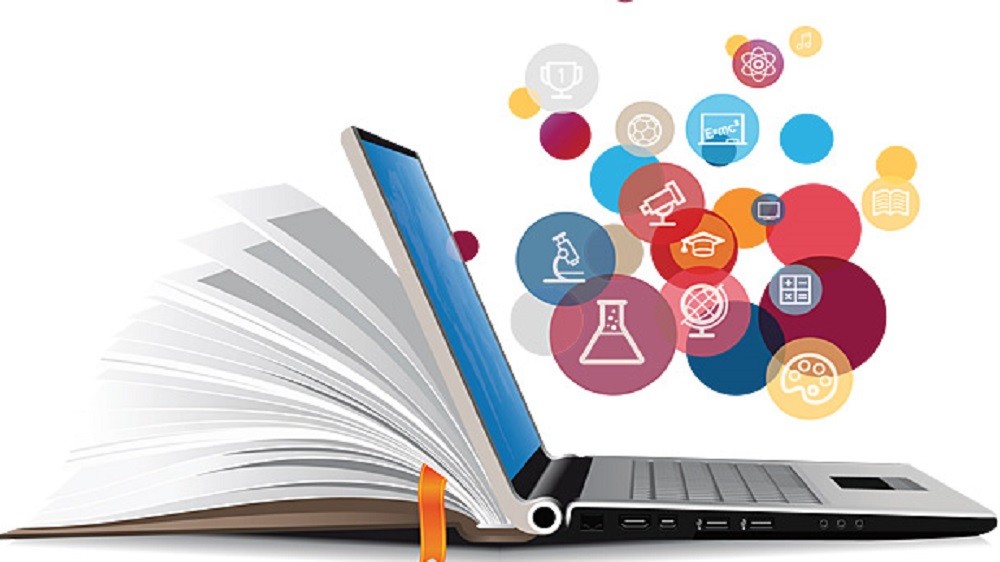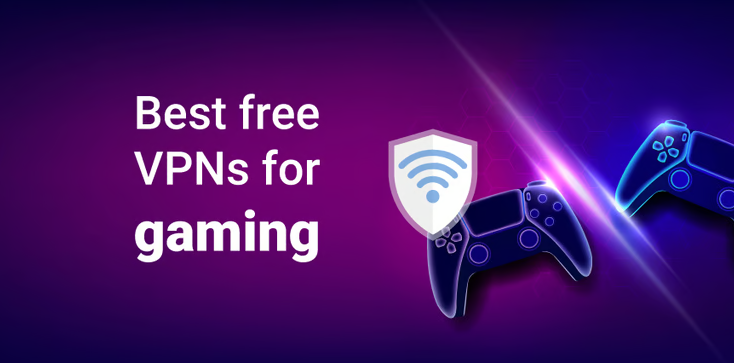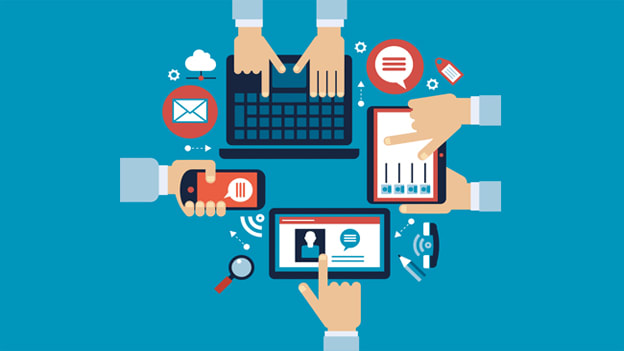Exploring the technology in education and learning
Having well-being of students will be key to harnessing the full potential of technology in education and learning.

In today's fast-paced world, technology in education has become an integral part of our lives, revolutionizing various aspects of society. One area where technology has made a profound impact is education and learning.
The integration of technology into education has transformed traditional classrooms, opening up new avenues for both educators and learners.
In this blog post, we will explore the multifaceted role of technology in education and how it is reshaping the way we learn and teach.
Accessibility and Inclusivity technology in education
Technology has made education more accessible than ever before. With the advent of the internet and online learning platforms, individuals from all walks of life can access educational resources and opportunities.
This inclusivity is particularly significant for those who face geographical or physical barriers to traditional education. Online courses, virtual classrooms, and educational apps have democratized learning, ensuring that education is not limited by location or physical disabilities.
Moreover, technology has played a pivotal role in making education inclusive for individuals with special needs.
Assistive technologies, such as screen readers, speech recognition software, and adaptive keyboards, empower students with disabilities to engage in the learning process effectively. This inclusivity ensures that no one is left behind in the pursuit of knowledge.
Personalized Learning
One of the most compelling aspects of technology in education is its ability to facilitate personalized learning experiences.
Traditional classrooms often employ a one-size-fits-all approach, which may not cater to the diverse needs and learning styles of students. Technology, on the other hand, allows for customized learning paths.
Adaptive learning platforms use algorithms to assess a student's strengths and weaknesses, tailoring the curriculum to their individual needs. This not only enhances the learning experience but also helps students progress at their own pace. Furthermore, the wealth of online resources, including educational videos, interactive simulations, and digital textbooks, enables learners to explore topics that genuinely interest them, fostering a deeper passion for learning.
Enhanced Engagement and Interactivity
Technology has the remarkable ability to make learning more engaging and interactive. Educational games and simulations, for example, provide a fun and immersive way to grasp complex concepts. Gamification elements, such as badges, leaderboards, and rewards, motivate students to actively participate in their education.
Virtual reality (VR) and augmented reality (AR) have taken interactivity to a whole new level. Students can now embark on virtual field trips to explore historical landmarks, dissect virtual organisms in biology class, or conduct physics experiments in a virtual lab.
These technologies make learning a hands-on experience, increasing retention and comprehension. Furthermore, technology enables real-time collaboration and communication.
Online discussion forums, video conferencing tools, and collaborative document editing platforms allow students to interact with their peers and teachers regardless of geographical distances. This fosters a sense of community and encourages the exchange of ideas and perspectives.
Rich and Multimedia Content
Gone are the days of monotonous blackboard lectures and outdated textbooks. Technology has ushered in an era of rich, multimedia educational content. Video lectures, animations, infographics, and interactive presentations make learning visually appealing and easier to understand.
These multimedia resources cater to various learning styles, ensuring that students have access to a wide range of materials that resonate with them.
Moreover, technology has made it possible to bring experts from around the world into the classroom through live webinars and virtual guest lectures. This exposure to diverse perspectives and real-world expertise enriches the educational experience and prepares students for the globalized workforce.
Data-Driven Insights of technology in education
Technology has introduced data-driven decision-making into education. Learning management systems (LMS) and educational software collect valuable data on student performance, engagement, and progress. Educators can use this data to identify areas where students may be struggling and offer timely interventions.
Furthermore, predictive analytics can help institutions identify students at risk of dropping out or underperforming. Early intervention strategies can then be implemented to provide the necessary support and guidance, ultimately improving retention rates and student success.
Flexibility and Convenience
The digitalization of education has brought unparalleled flexibility and convenience to both students and educators. Online courses and remote learning options allow students to pursue education while accommodating work, family, and other commitments. This flexibility is especially beneficial for adult learners who may be juggling multiple responsibilities.
For educators, technology offers the flexibility to create and deliver content at their own pace and convenience. It also provides the opportunity to reach a global audience and share expertise with a broader range of students.
Lifelong Learning by technology in education
Technology has transformed education into a lifelong pursuit. With the rapid pace of change in many industries, continuous learning is essential for career growth and adaptability. Online courses, webinars, and digital certifications make it possible for professionals to acquire new skills and knowledge throughout their careers.
Moreover, the availability of open educational resources (OER) and Massive Open Online Courses (MOOCs) from prestigious institutions allows individuals to explore diverse subjects and disciplines, often at little to no cost. This democratization of knowledge encourages a culture of lifelong learning, where individuals are motivated to continually expand their horizons.
Challenges and Considerations
While the integration of technology in education has brought about numerous benefits, it is not without its challenges and considerations. Some of the key issues include:
- Digital Divide: Not everyone has equal access to technology and the internet, creating a digital divide that can exacerbate educational inequalities.
- Privacy and Security: Protecting students' data and privacy in an increasingly digital learning environment is a paramount concern.
- Tech Overload: Overreliance on technology can lead to screen time concerns, reduced physical activity, and potential for burnout.
- Teacher Training: Educators need adequate training and support to effectively integrate technology into their teaching methods.
- Quality Control: The quality of online educational resources and courses can vary significantly, leading to concerns about the validity of credentials and qualifications.
In conclusion, technology has played a transformative role in education and learning, offering unprecedented accessibility, personalization, engagement, and convenience. It has made education more inclusive and has the potential to revolutionize the way we acquire knowledge throughout our lives.
However, it is crucial to address the challenges and considerations that come with technology integration to ensure that the benefits of digital education are realized by all. As technology continues to advance, the future of education promises to be even more dynamic, adaptive, and enriching.
What's Your Reaction?

















